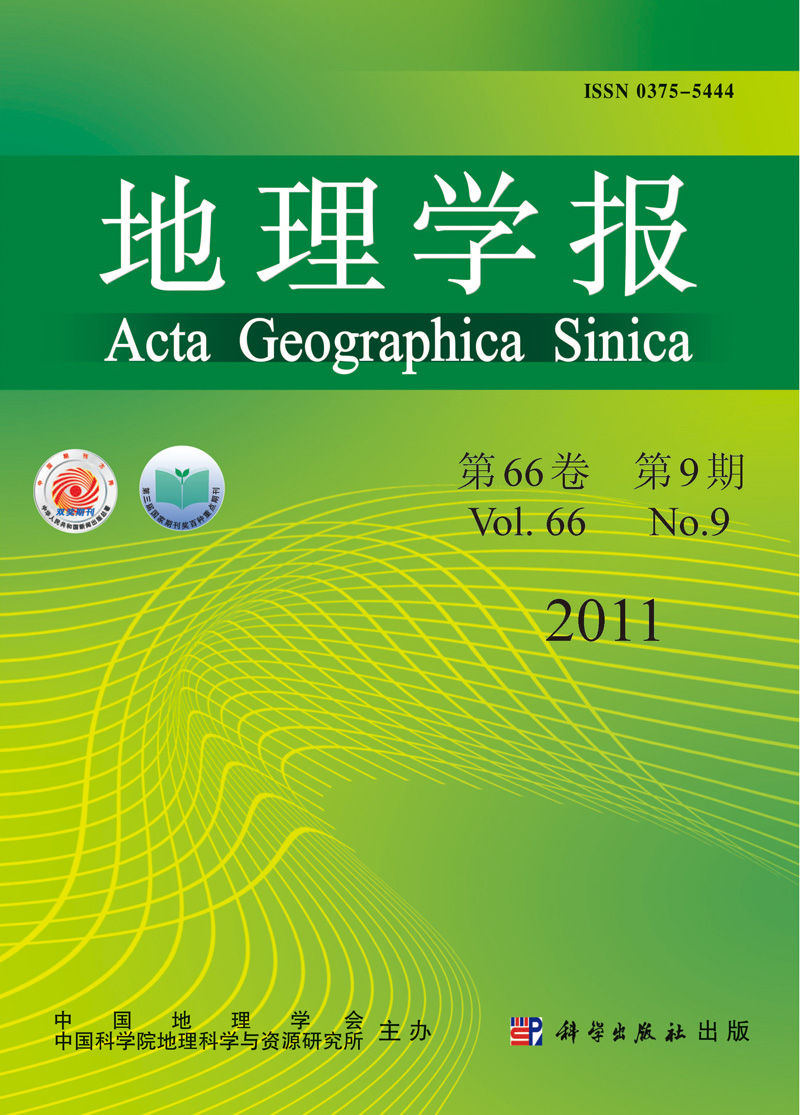ZHANG Xueqin, SUN Yang, ZHENG Du, MAOWeiyi
Under the background of global climatic warming, the growth and distribution of natural vegetations will be influenced by the variation of heat resources and the dynamic changes of temperature zones. And the variation of agro-climatic resources will have great impacts on the distribution of agricultural production, and the adjustment of cropping systems as well. Therefore, the dynamic changes of the temperature zone boundaries in the arid region of China were explored during the past 50 years and under the scenarios in the first half of the 21st century. Here we adopted two kinds of data, i.e., regional downscaling gridding data under the A1B scenarios in the first half of the 21st century simulated by the model of MPI_ECHAM5, and the homogenization temperature data during the period of 1961-2007, respectively. And the isolines for the duration and the accumulated temperatures of the daily mean temperature ≥ 10 ℃ with the guaranteed rate of 80% were selected as the index of the northern boundaries of temperature zones in the arid region of China. The main conclusions are summarized as follows. Firstly, the temperature increased apparently for both summer half-year and winter half-year during the period of 1961-2007, and the increasing amplitude of temperature was larger in the winter half-year than in the winter half-year. The dynamic changes of the isolines for the decadal accumulated temperatures and the duration of the daily mean temperature ≥ 10 ℃ were consistent, which demonstrated an obvious movement northward or upward to higher elevations. Secondly, judged by the changes of index for the northern boundaries of temperature zone, the northern boundaries of the warm and middle warm temperate zones moved northward generally, particularly for the Alxa League (prefecture) with a maximum movement of more than one latitude during 1961-2007. It is speculated that the northern boundaries of warm and middle temperate zones would move northward continually, among which the former would move much more remarkable in the first half of the 21st century. Moreover, the northern boundaries showed a tendency of moving upward to higher elevations not only for the warm temperate zone, but also for the middle temperate zone in the arid region of China in the first half of the 21st century. Thirdly, corresponding with the dynamic changes of temperature zones, several related climatic factors, e.g., the first date of the growing season and the last frost date appeared earlier significantly, and the northern boundaries of natural vegetation and crop planting moved northward and westward, and extended upward in regions with higher elevations.
